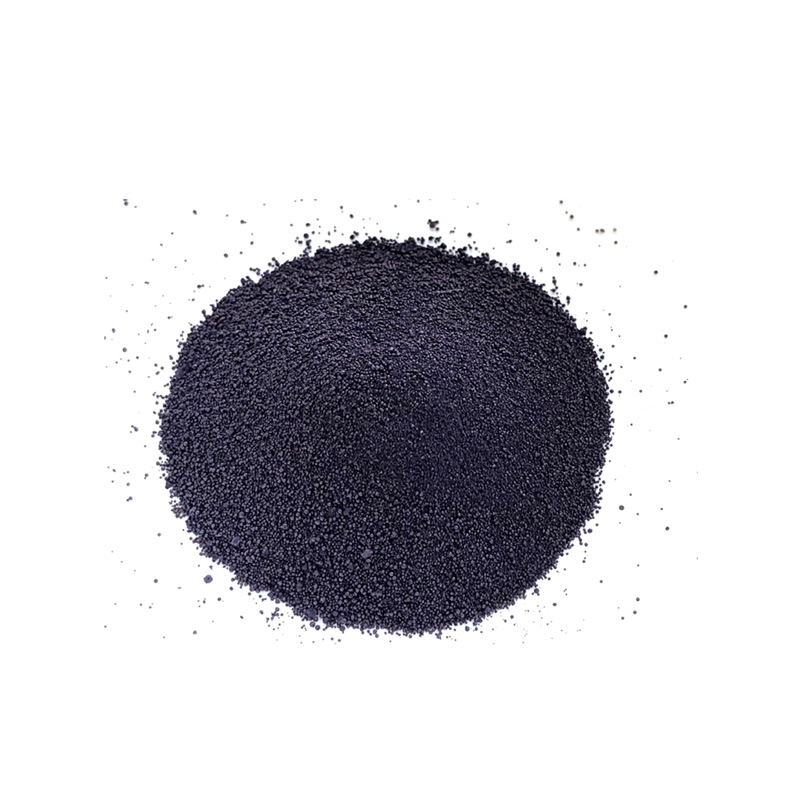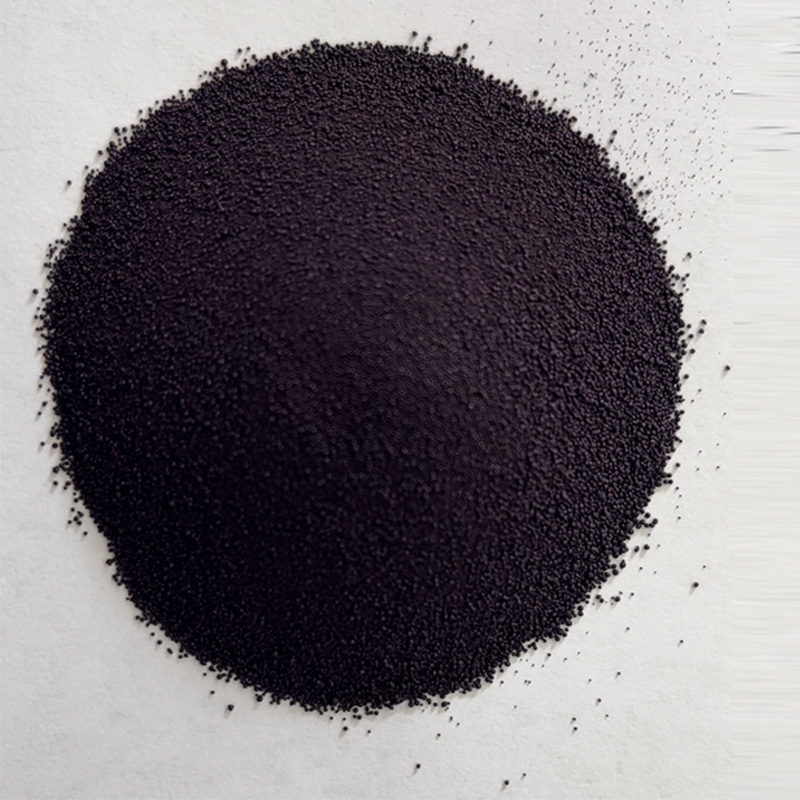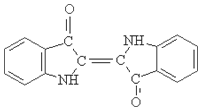Light Indigo Color Company: OEM, Bulk, Fast Shipping—Why Us?
Indigo Blue Vat Blue: The Quiet Power Behind Today’s “Light Indigo” Looks
If you’ve been chasing that airy, washed-out denim vibe (but still want depth in the undertone), you eventually land at Indigo Blue Vat Blue. I first heard a mill manager say, “It’s the workhorse nobody sees.” That stuck. To explore it properly, I started with the source that many buyers bookmark: light indigo color company. What follows is a practical look—market trends, specs, real-world process notes, plus some candid vendor comparisons.

Why the surge in light indigo
Two things are converging: softer aesthetics and cleaner chemistries. Denim brands want vintage fade without long stone cycles; mills want stable vatting with lower effluent load. In fact, we’re seeing more pre-reduced options, salt-lean recipes, and better control on ΔE across lots. Surprisingly, the “light” look often starts with the classic vat blue backbone—just tuned via pick-up, reduction strength, and oxidation time.
Product snapshot (technical, but readable)
Origin: HEBEI FUXIN INTERNATIONAL TRADE CO., LTD., A-1205, Mcc World Grand Plaza, 66 Xiangtai Road, Shijiazhuang 050023, China. Many customers say their shade consistency is the hook; I’d add: logistics are predictable, which matters when line time is money.
| Product Name | Indigo Blue (Vat Blue 1) |
| Molecular Formula | C16H10N2O2 |
| CAS No. | 482-89-3 |
| Molecular Weight | 262.62 |
| HS Code | 3204151000 |
| Primary Use | Cotton dyeing (yarn and piece); denim, twill, workwear |
| Form | Powder (pre-reduced liquid available from some vendors) |
| Typical Shade | Classic indigo; easy to tune to “light indigo” via lower pickups and oxidations |

Process flow (real plant settings)
Materials: Indigo Blue Vat Blue, reducing agent (sodium dithionite or TDO), alkali (NaOH), wetting agent, antioxidant for bath stability. Methods: vatting to leuco state (pH ≈ 11.5–12.5, 45–55°C), padding (pickup ≈ 60–80% for light tones), skying/oxidation (air or mild H2O2), repeat dips/sky for build, soaping and neutralization. Testing standards: ISO 105-C06 wash fastness, ISO 105-X12 rubbing (dry/wet), AATCC 16.3 light fastness. Typical lab results I’ve seen: wash fastness 4–5, dry rub 4–4/5, wet rub 3–3/4 (real-world use may vary with finishing).
Service life: for casual denim, ≈50–100 domestic wash cycles before noticeable shade shift; workwear varies by abrasion regime. To be honest, finishing chemistry and fabric density often matter more than the dye brand at this stage.

Applications and advantages
- Denim yarn dye ranges: vintage light blues with balanced red/green undertone.
- Piece dye for soft workwear and lifestyle twills.
- Advantages: stable vatting window, predictable oxidation, low migration after proper soaping, and classic crock profile that brands expect.
Vendor comparison (snapshot)
| Vendor | Purity (≈) | Shade ΔE (lot-to-lot) | Lead Time | Compliance Options | Price Index |
|---|---|---|---|---|---|
| HEBEI FUXIN (Indigo Blue Vat Blue) | ≥ 94% | ≤ 0.8 | 2–4 weeks | REACH, ZDHC MRSL, OEKO-TEX (by request) | $$ |
| Vendor B (pre-reduced) | ≈ 90–92% | ≤ 1.2 | 3–5 weeks | REACH | $$$ |
| Vendor C (budget) | ≈ 88–90% | ≤ 1.8 | 4–6 weeks | Limited | $ |
Note: values are indicative; verify specs per lot. Still, it seems the Fuxin line hits a nice balance of purity and ΔE control at scale.

Customization and a quick case
Customization: shade tuning via reduction strength, pad speed, oxidation dwell; packaging often 25 kg bags with PE liner; liquid pre-reduced options for lines targeting lower sulfite usage. Certifications can be aligned to brand RSLs on request—ask for batch COAs and third-party verification.
Case study: A mid-size denim mill in Turkey switched to Indigo Blue Vat Blue for a light capsule. Result? Average ΔE between pilot and bulk 0.6, wet rub improved by ≈0.5 grade after a tighter soaping profile, and COD in effluent down ≈8% thanks to optimized reduction. Not earth-shattering, but meaningful—and repeatable.
If you’re mapping vendors, keep light indigo color company on the shortlist for denim yarn dyeing. For piece dye workwear, it also plays nicely with enzyme finishing. And when marketing teams ask for a “sun-washed” blue? Honestly, this is the fastest route to a believable story.
Sourcing note: MOQ and lead time are reasonable; always run a lab dip against your target. And yes, ask for fastness data versus ISO and AATCC—don’t just assume.
Citations
- ISO 105-C06: Textiles — Tests for colour fastness — Colour fastness to domestic and commercial laundering.
- ISO 105-X12: Textiles — Tests for colour fastness — Colour fastness to rubbing.
- AATCC TM16.3: Colorfastness to Light.
- ZDHC Manufacturing Restricted Substances List (MRSL), current version.
- OEKO-TEX Eco Passport: Chemical assessment framework, latest guidance.
For direct product specs and samples, contact the supplier above; in most cases, light indigo color company responds quickly with COA and shade cards.
-
Explore Sustainable Indigo Manufacturing & Dye Industry Trends | Wuxin Indigo
NewsNov.24,2025
-
Discover Indigo On: Innovative Modular Solutions for Global Sustainability
NewsNov.24,2025
-
Explore Traditional & Sustainable Indigo Production in India | Eco-Friendly Dye Solutions
NewsNov.23,2025
-
Indigo Suppliers: Sustainable Dyeing Solutions for Global Textile Industry
NewsNov.23,2025
-
Instant Indigo – Fast, Eco-Friendly Indigo Dye Solutions for Modern Industry
NewsNov.22,2025
-
Japanese Indigo Cloth – Sustainable Tradition Meets Modern Textile Innovation
NewsNov.22,2025
-
Comprehensive Guide to How to Make Blue Dye – Sustainable & Practical Insights
NewsNov.22,2025

Sulphur Black
1.Name: sulphur black; Sulfur Black; Sulphur Black 1;
2.Structure formula:
3.Molecule formula: C6H4N2O5
4.CAS No.: 1326-82-5
5.HS code: 32041911
6.Product specification:Appearance:black phosphorus flakes; black liquid

Bromo Indigo; Vat Bromo-Indigo; C.I.Vat Blue 5
1.Name: Bromo indigo; Vat bromo-indigo; C.I.Vat blue 5;
2.Structure formula:
3.Molecule formula: C16H6Br4N2O2
4.CAS No.: 2475-31-2
5.HS code: 3204151000 6.Major usage and instruction: Be mainly used to dye cotton fabrics.

Indigo Blue Vat Blue
1.Name: indigo blue,vat blue 1,
2.Structure formula:
3.Molecule formula: C16H10N2O2
4.. CAS No.: 482-89-3
5.Molecule weight: 262.62
6.HS code: 3204151000
7.Major usage and instruction: Be mainly used to dye cotton fabrics.

